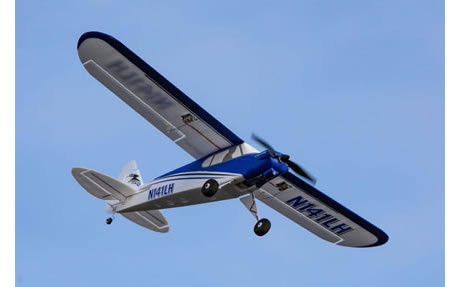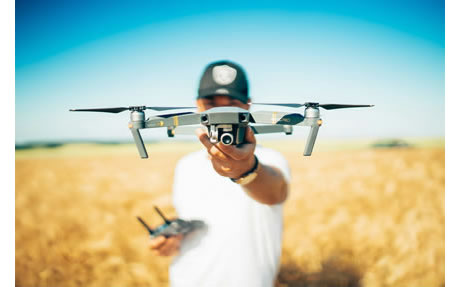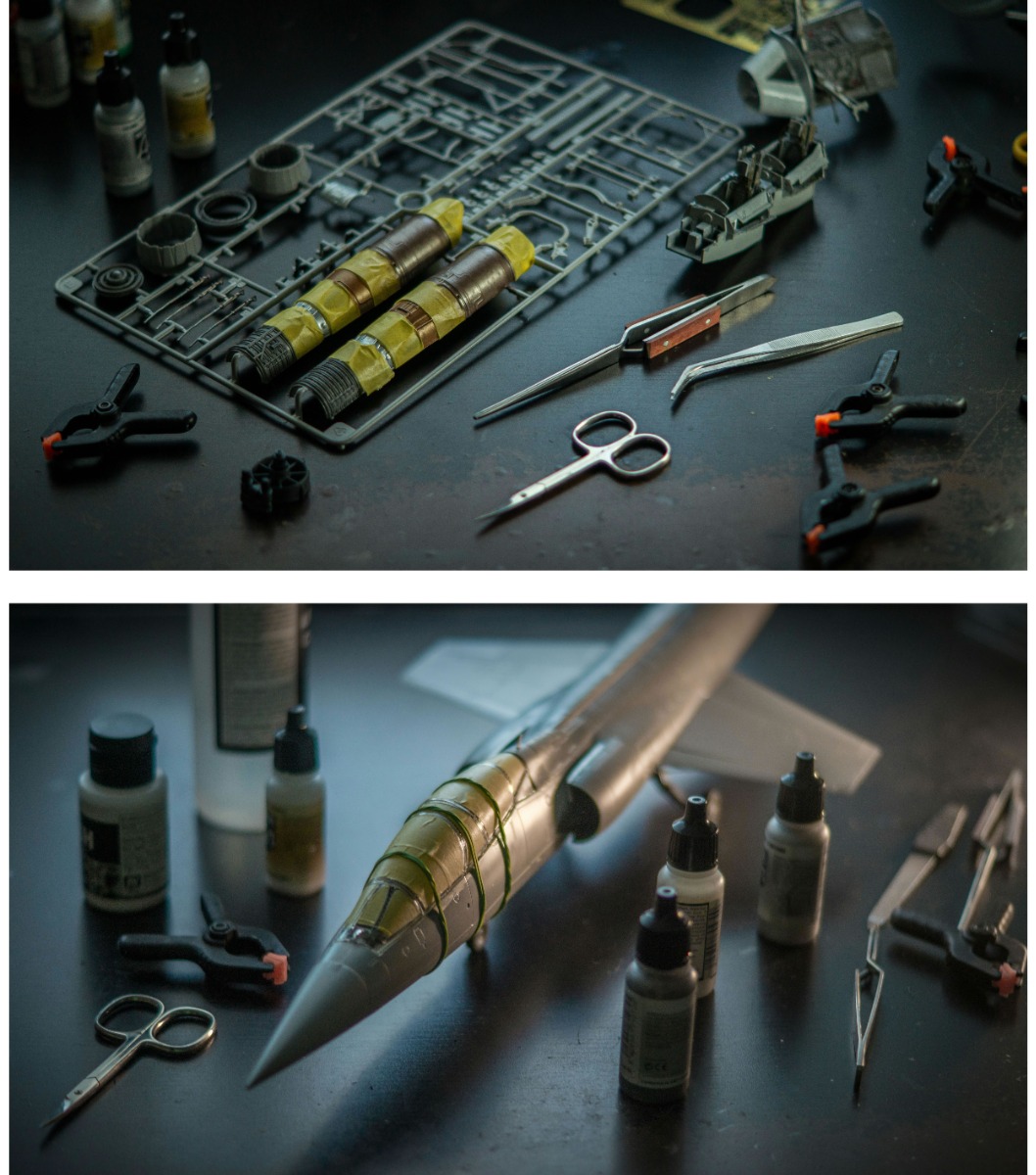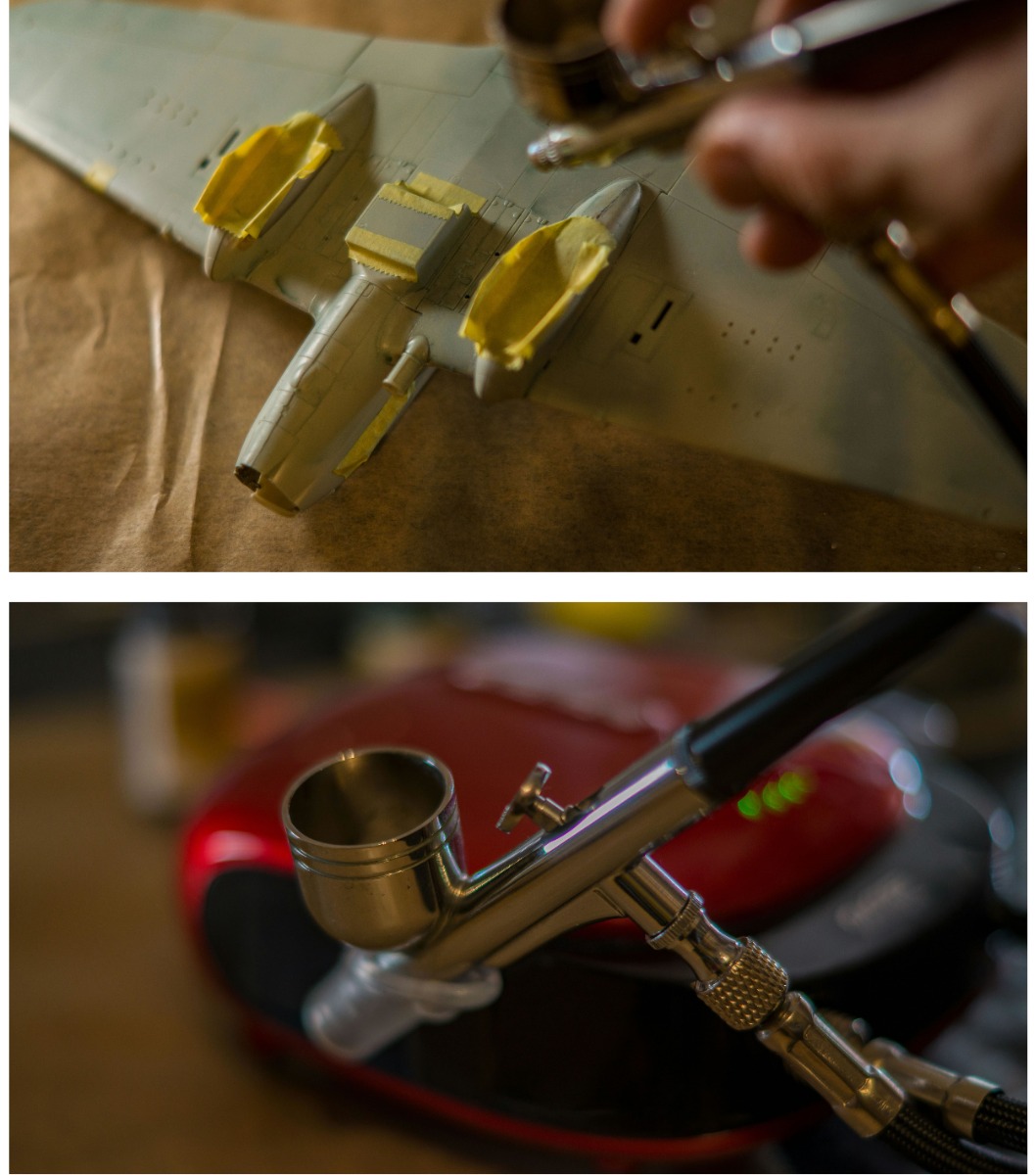Miniart 1/35 Focke-Wulf Fw C.30a Heuschrecke. Late Production Version # 41018
 Spread the cost with Paypal Credit
0% for 24 months available on orders over £199
Spread the cost with Paypal Credit
0% for 24 months available on orders over £199
 Spread the cost with Klarna
0% for 24 months available on orders over £199
Spread the cost with Klarna
0% for 24 months available on orders over £199
![]()
The Focke-Wulf Fw C.30a Heuschrecke was an unconventional aircraft designed to serve as both a reconnaissance and artillery spotting platform.
It was developed by the Focke-Wulf aircraft company under the leadership of Heinrich Focke in the late 1930s.
Key features and characteristics of the Fw C.30a Heuschrecke include:
Biplane Configuration: The Heuschrecke had a biplane design, with a smaller upper wing and a larger lower wing.
This configuration provided stability and allowed for slow, low-altitude flight.
Modular Design: One of the most distinctive features of the Heuschrecke was its modular design.
The aircraft could be disassembled and transported on a trailer, making it mobile and easy to deploy to different locations.
Artillery Spotting: The primary purpose of the Heuschrecke was to serve as an artillery observation platform. It featured an open cockpit for the observer, who could provide real-time target information to artillery units on the ground.
Versatility: The modular design allowed for different configurations, including reconnaissance and liaison roles. It could carry various camera systems and equipment for its missions.
Limited Production: Despite its innovative design, only a small number of Heuschrecke aircraft were built, and they saw limited operational use during World War II. The war's evolving demands and the development of more specialized aircraft led to the discontinuation of the Heuschrecke program.
The Focke-Wulf Fw C.30a Heuschrecke remains a notable example of the experimental and innovative aviation projects undertaken during World War II.
Its unique design and intended role as a mobile artillery spotter highlight the creative thinking that emerged in the quest for unconventional solutions to wartime challenges.
| SKU | MIN41018 |
|---|---|
| Manufacturer | MiniArt |
| Scale | 1/35 |
| EAN | 4820183313324 |
| Short Description | Miniart 1/35 Focke-Wulf Fw C.30a Heuschrecke. Late Production Version # 41018 |
-
 Miniart 1/35 T-55A Czechoslovak Production # 37084Special Price £52.19 was £57.99 Save 10%
Miniart 1/35 T-55A Czechoslovak Production # 37084Special Price £52.19 was £57.99 Save 10% -
 Miniart 1/35 Wooden Barrels & Village Utensils # 35550Special Price £9.89 was £10.99 Save 10%
Miniart 1/35 Wooden Barrels & Village Utensils # 35550Special Price £9.89 was £10.99 Save 10% -
 Miniart 1/35 Soviet T-54 Late Transmission Set # 37066Special Price £17.09 was £18.99 Save 10%
Miniart 1/35 Soviet T-54 Late Transmission Set # 37066Special Price £17.09 was £18.99 Save 10% -
 Miniart 1/35 Soviet T-34 Wheels Set 1942-43 Series # 35239Special Price £12.38 was £13.75 Save 10%
Miniart 1/35 Soviet T-34 Wheels Set 1942-43 Series # 35239Special Price £12.38 was £13.75 Save 10% -
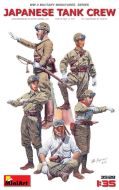 Miniart 1/35 Japanese Tank Crew (WWII) # 35128Special Price £11.69 was £12.99 Save 10%
Miniart 1/35 Japanese Tank Crew (WWII) # 35128Special Price £11.69 was £12.99 Save 10% -
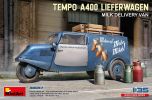 Miniart 1/35 Tempo A400 Lieferwagen Milk Delivery Van # 38057Special Price £38.69 was £42.99 Save 10%
Miniart 1/35 Tempo A400 Lieferwagen Milk Delivery Van # 38057Special Price £38.69 was £42.99 Save 10% -
 Miniart 1/35 Waiters # 38052Special Price £12.59 was £13.99 Save 10%
Miniart 1/35 Waiters # 38052Special Price £12.59 was £13.99 Save 10% -
 Miniart 1/35 Czechoslovakian Traffic Signs 1930-40s # 35655Special Price £13.95 was £15.50 Save 10%
Miniart 1/35 Czechoslovakian Traffic Signs 1930-40s # 35655Special Price £13.95 was £15.50 Save 10% -
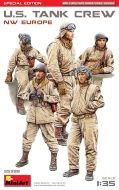 Miniart 1/35 US Tank Crew (NW Europe) Spec Edition # 35399Special Price £12.59 was £13.99 Save 10%
Miniart 1/35 US Tank Crew (NW Europe) Spec Edition # 35399Special Price £12.59 was £13.99 Save 10% -
 Miniart 1/35 Pz.Kpfw.IV Ausf H Nibelungenwerk Late Prod # 35346Special Price £52.19 was £57.99 Save 10%
Miniart 1/35 Pz.Kpfw.IV Ausf H Nibelungenwerk Late Prod # 35346Special Price £52.19 was £57.99 Save 10% -
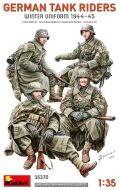 Miniart 1/35 German Tank Riders Winter Uniform 1944-45 # 35370Special Price £12.59 was £13.99 Save 10%
Miniart 1/35 German Tank Riders Winter Uniform 1944-45 # 35370Special Price £12.59 was £13.99 Save 10% -
 Miniart 1/35 StuG III Ausf G 1944-45, Miag Prod, Int Kit # 35357Special Price £67.49 was £74.99 Save 10%
Miniart 1/35 StuG III Ausf G 1944-45, Miag Prod, Int Kit # 35357Special Price £67.49 was £74.99 Save 10% -
 Miniart 1/35 Liefer Typ170V Protschenwagen Furniture Van # 38065Special Price £38.69 was £42.99 Save 10%
Miniart 1/35 Liefer Typ170V Protschenwagen Furniture Van # 38065Special Price £38.69 was £42.99 Save 10% -
 Miniart 1/35 1.5t 4x4 G506 Cargo Truck # 38064Special Price £47.69 was £52.99 Save 10%
Miniart 1/35 1.5t 4x4 G506 Cargo Truck # 38064Special Price £47.69 was £52.99 Save 10% -
 Miniart 1/35 Wooden Crates # 35651Special Price £12.38 was £13.75 Save 10%
Miniart 1/35 Wooden Crates # 35651Special Price £12.38 was £13.75 Save 10% -
 Miniart 1/35 German Soldiers w/ Fuel Drums Spec Edition # 35366Special Price £12.59 was £13.99 Save 10%
Miniart 1/35 German Soldiers w/ Fuel Drums Spec Edition # 35366Special Price £12.59 was £13.99 Save 10% -
 Miniart 1/35 US Stake Body Truck G506 # 38067Special Price £47.69 was £52.99 Save 10%
Miniart 1/35 US Stake Body Truck G506 # 38067Special Price £47.69 was £52.99 Save 10% -
 Miniart 1/35 Bookshelves # 35654Special Price £13.95 was £15.50 Save 10%
Miniart 1/35 Bookshelves # 35654Special Price £13.95 was £15.50 Save 10% -
 Miniart 1/35 7.5cm PaK40 Ammo Boxes w/ Shells Set 2 # 35402Special Price £12.59 was £13.99 Save 10%
Miniart 1/35 7.5cm PaK40 Ammo Boxes w/ Shells Set 2 # 35402Special Price £12.59 was £13.99 Save 10% -
 Miniart 1/35 German Soldiers in Cafe # 35396Special Price £13.95 was £15.50 Save 10%
Miniart 1/35 German Soldiers in Cafe # 35396Special Price £13.95 was £15.50 Save 10%







